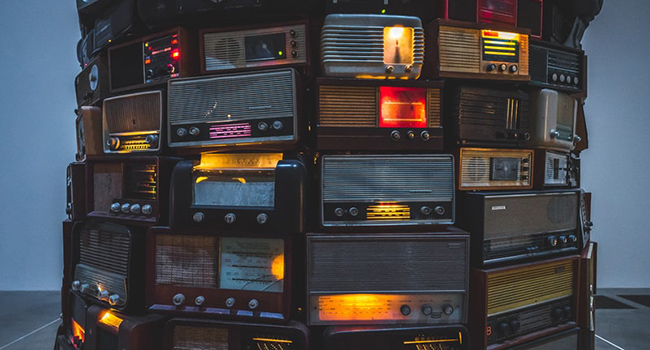 The word radiation conjures up images of the atomic bomb being dropped on Hiroshima or the Chernobyl nuclear power plant disaster. Our society has a strong, and not unreasonable, fear of nuclear radiation.
The word radiation conjures up images of the atomic bomb being dropped on Hiroshima or the Chernobyl nuclear power plant disaster. Our society has a strong, and not unreasonable, fear of nuclear radiation.
These fears are founded on a bedrock of experience. It starts with Marie Curie, the scientist who discovered the property of radioactivity and subsequently died of cancer caused by exposure to radioactive materials. It extends all the way to nuclear explosions and power plant accidents.
However, the word radiation simply refers to energy or particles that radiate from a source.
In the context of electromagnetic radiation (EMR), this covers everything from radio waves on the low end of the frequency to gamma rays on the highest end of the spectrum. Within this spectrum of radiation, we find things like X-rays, ultraviolet light, visible light, infrared light, microwaves, cellphones and radio waves (as in FM and AM bands).
Even the walls around you reflect a form of radiation at you.
The frequency spectrum is divided into two main groupings: ionizing radiation and non-ionizing radiation.
Ionizing radiation has a high enough frequency, and therefore energy transfer, to actually knock electrons away from their atoms (the term ionizing refers to the ability to create an ion from an atom by removing an electron). This type of radiation can cause serious health issues, such as cancer.
Electromagnetic radiation is essentially all the same, whether it’s a lethal gamma ray or it’s the AM band of your local radio station. The difference between these, and what makes one lethal and the other not, is the amount of energy and the wave frequency.
All of this radiation is simply a stream of photons that travel in a wave. The wave can have different frequencies and this is what gives us the forms that we label as different types of EMR. Our radio stations typically broadcast in the 500-kilohertz range to the 108-megahertz range.
The different wireless technologies – 3G, 4G, and 5G – refer to different bandwidths used to broadcast. Each uses progressively higher frequency ranges, allowing for more data to be transferred.
The higher the frequency, the more energy the wave contains and, thus, the more risk it might have for human health. This is part of the reason some people express concerns regarding the new 5G cellphones: they will use higher frequencies.
However, those frequencies are still below even the frequency of visible light.
If electronic devices have lower frequencies than even visible light, and therefore have lower energy transmissions, why does the federal government have regulations governing radio frequency and EMR standards, and why are they updating them now?
It turns out there are possible concerns beyond ionizing radiation. Any level of radiation will transfer energy to an object that it strikes, including to humans. This energy transfer will inevitably warm the object up (this is how your microwave cooks your food) and might even cause damage to any cells that it encounters.
Any device that potentially emits EMR needs to be tested and studies must investigate possible dangers from such exposure. There are lethal levels of almost anything (people have even died from consuming too much water). Likewise, too much exposure to EMR can be hazardous.
The federal government revisits exposure levels on a regular basis to ensure regulations match the most recent recommendations made by international organizations and in line with the best current research in the field.
The fact that these regulations have changed over time indicates we’ve refined our knowledge through study; it isn’t something to be concerned about. It’s highly unlikely that an average individual would ever exceed the exposure limits to EMR through use of regular consumer electronics.
If, however, you’re concerned about EMR and radio frequency exposure from use of cellphones, use a hands-free earpiece that allows you to keep your phone from your skin. The strength of an EMR field decreases dramatically with distance. Even staying a small distance from the low-watt transmitter in your average smart phone would radically lower your exposure.
Eamonn Brosnan is a research associate with the Frontier Centre for Public Policy.
Eamonn is a Troy Media Thought Leader. Why aren’t you?
For interview requests, click here. You must be a Troy Media Marketplace media subscriber to access our Sourcebook.
The views, opinions and positions expressed by columnists and contributors are the author’s alone. They do not inherently or expressly reflect the views, opinions and/or positions of our publication.


